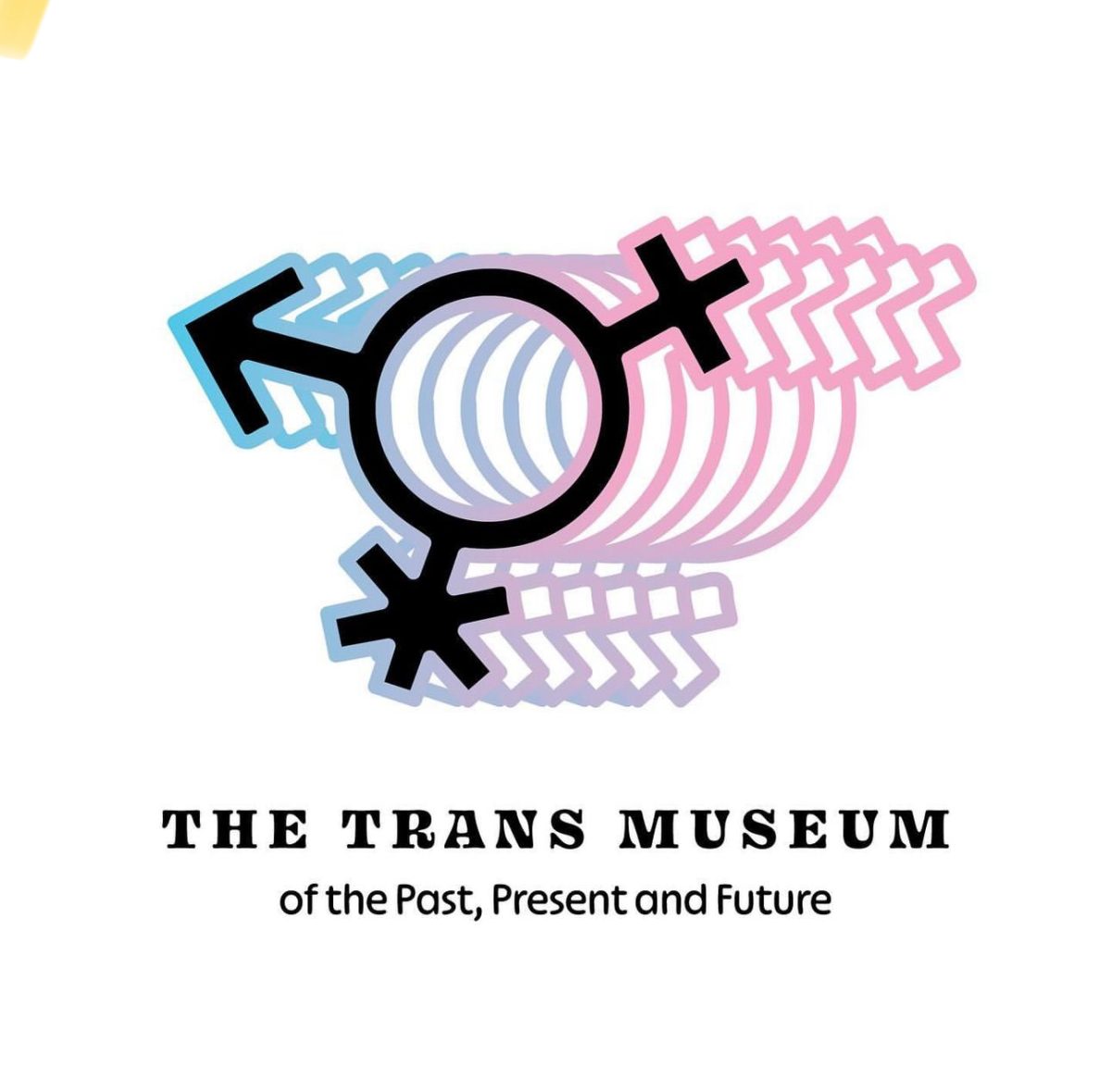
Madison Watkins, Staff Writer
Peter Catapano, an editor for the opinion section in The New York Times gave a talk in the Ogeechee Theatre on Nov. 15 as part of the New York Times’s Common Read program. Catapano’s presentation to the nearly full theatre centered on how to be a thoughtful and critical consumer of news, how to use the paper’s website as an educational resource and answered questions from the audience.
Catapano admitted that even when he started out at the paper as a copy editor, he didn’t intend on staying. He decided to stay on in 2005 when he was made an editor for the opinion section and began working on projects specifically for the web. Over the course of his time at the paper, he has edited and published over 1,000 pieces. He was given a Publisher’s Award in 2008 for his work in developing multiple online series for the opinion section.
During the first part of his talk he educated the audience on how to be a critical consumer of news. When you are looking at a news article online, particularly from social media, you need to pay attention to it and see if you have heard of the website before. To see if they are a credible news site, go to their “about” section to learn more about the news source’s code of ethics and their credentials. It is also important to learn whether the articles they post are opinion-based because if they are then they can’t be taken as fact.
He also talked about how he also must be a critical consumer of news.
He told the audience, “It would be irresponsible of me to just look at The New York Times. I should be reading the critical articles to see the opinions on the other side. Most publications are in a gray area, there aren’t any that are completely right or wrong.”
As an example for this Catapano clicked on an article from the website New Republic to look at their site and about section to see the ethics they were founded upon.
Then he went on to explain the layout of the website and what would be useful for students to look at. The most pressing story is the piece in the top left of the home page. On the opinion page for the opinion section of the paper, there is a page under the “Series” section called On Campus with stories written by college students, professors and administrators. If someone wants to submit a piece to them, there is an email for the editors at the top of the page.
When asked how the Times choses which articles to publish, Catapano answered, “We publish 30 pieces a day. We follow the news and for some of the stories that break there’s no question that we have to include them. We also try to find stories that surprise people. We have to deal with all the sections. We track the news as it happens.”
A lot of the audience questions that came up centered on how it worked to be an editor for such a big news source. Catapano explained that he and his fellow 10-12 editors must take their own ideologies out of it when editing and publishing a piece since it is the opinion section.
“We want to take from as many sources as possible. If we publish a piece and someone has a response, they’ll send that to letters to the editor. Some of the features are entirely designed on reader feedback.”
He also pointed out that even though it is the opinion section, they still have fact checkers on their staff.
If you’re curious to see more of Catapano’s work or the opinion section in general, click on “opinion” at the top of the New York Times homepage. If you would like a free subscription to the New York Times, information can be found in the Learning Commons and the library.






